#scratched film
Photo


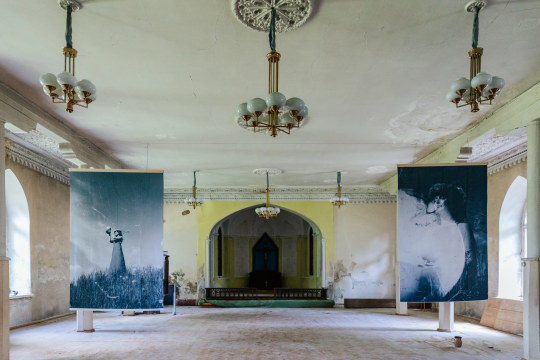
Here Comes The Sun
Analog photography
2022
Made within RUCKA Artist Residency in Cesis, Latvia, with support of the Artist at Risk grant program.
In the Baltic mythology, the Sun deity becomes of central importance, and finds its manifestation in female form.
Saule, a sun goddess in Latvia, for a long time before Christianisation of the region was considered as a mother, which we can hear in the song “Saule, Pērkons, Daugava” (based on the text from the poem Daugava by the Latvian poet Rainis, while the musical part is composed by Mārtiņš Brauns):
“Sun was our mother,
Daugava the nanny of our pain,
Pērkons was the devil’s striker,
That was our father”.
Saule is the giver of light and warmth and the controller of human time, and she determines the well-being and regeneration of all life on earth. Thus, representing regeneration as an idea within herself, she could be represented as both, mother and daughter.
The artwork “Here Comes the Sun” depicts the archetypal goddess, which solemnly holds the planet Earth in her hands. This is Saule / Sun-Woman, who is raising the world as a child, up to the sun, which is a sign of giving it life and fortune. Moreover, with it she is a young goddess - Saules meita / Sun Daughter who just appeared on the canvas of a mythological narrative, and received the world to take care of it, so she greets it in the sun rays.
In the way, how the Christian church (in general and in particular since the exhibition happened at the space of St. Anna Evangelical Lutheran Church in Cesis) requires renovation, and humanistic ideas require regeneration, in the same way the world cries to be healed, and our planet - to be cherished and taken care of.
#art#film photography#scratched film#bw film#sun#solar goddess#latvia#baltic myhtology#cesis#rucka art residence#saule#here comes the sun#hope#healing#planet#globus#young goddess#new generation#performative#ritual#metamodern#mistakes make sense#krolikowska#conceptual art
6 notes
·
View notes
Text
People who say 2019 cats is a crazy/weird masterpiece have never seen an actually crazy weird movie in their lives I'm so sick of 2019 cats propaganda it's not even entertaining bad it's literally completely devoid of creativity and artistry and I'm SICK of people acting like its anything more than bad acting and bad cgi the visuals aren't even that weird!! Nothing pisses me off more than someone acting like 2019 cats is anything more than a poorly made normie film. It's a "weird" film for disney fans that's it.
#go watch rubber go watch eraserhead go watch pink flamingos go watch mad god and tbh even THOSE are like. well known weird films.#scratch the surface of weird cinema I'm begging u#tcp#is there a 2019 cats hate fandom im there im in it
13K notes
·
View notes
Text
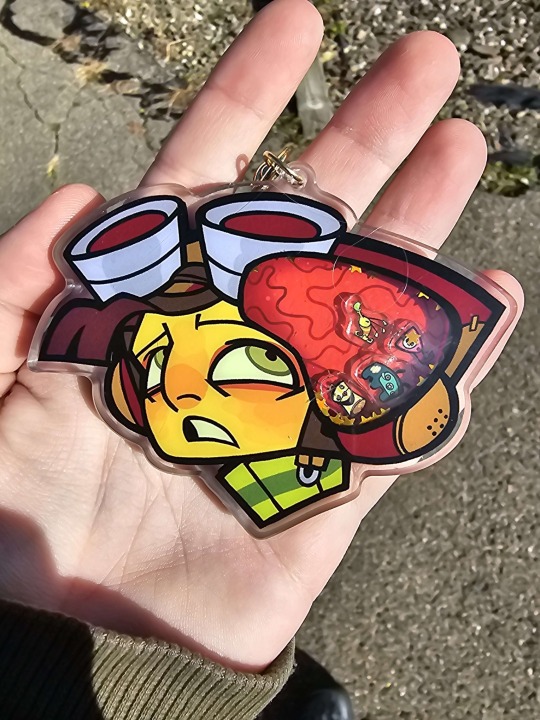



Little announcement since I said I’d post the link when the listing was up so!
HEY HAVE YOUU ever wanted a fun jingly keychain of Raz’s face and brain contents ???
Well you can get this one of my design off my boyfriend’s Etsy!!
#any dings or scratches in the preview pic are just the protective film and the real thing is fine !#my art#psychonauts#thedamtalkingtag#razputin aquato#psychonauts raz
527 notes
·
View notes
Text
*on a mission*
Tony: has anyone told you today that you're doing a good job?
Steve: No
Tony: think about that
Tony: Hey Peter, has anyone told you you're doing a good job today?
Peter: *nervous* ...no
Tony: Why the hell not!? Everyone, tell Peter how great he's doing!
Bucky: ...uhhh is Stark serious?
Tony: Yes he is.
#peter just saved the world with another film reference#no need to thank him#scratch that#everyone must thank this boy immediately if they want to stay on Tony's good side#peter parker#bucky barnes#ironmaan#spiderman#ironman#marvel#marvel cinematic universe#incorrect mcu quotes#incorrect mcu#mcu
502 notes
·
View notes
Text
Don't talk to me about cinema and films unless you've seen this classic
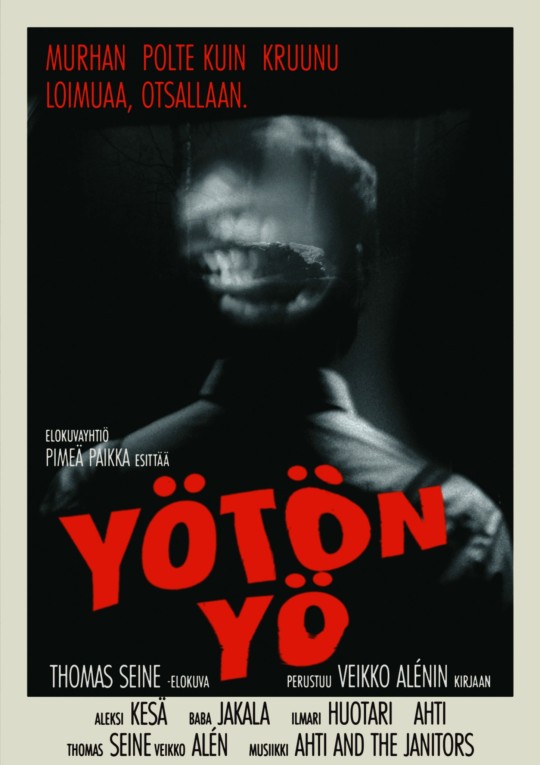
#alan wake#alan wake 2#yötön yö#sam lake#alex casey#thomas zane#mr scratch#remedy entertainment#video games#gaming#film#cinema#short film#illka villi#ilmo koskela#jaakko koskela#mr door
169 notes
·
View notes
Text


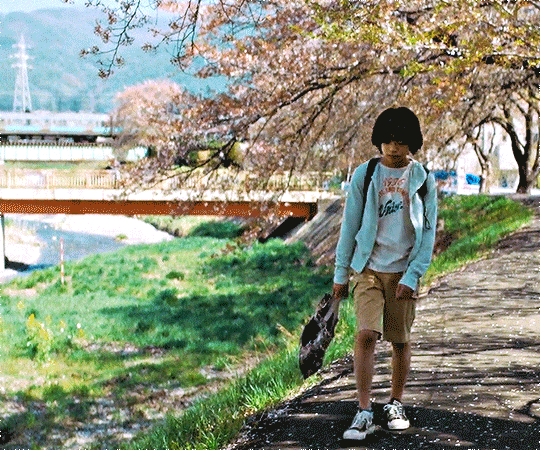
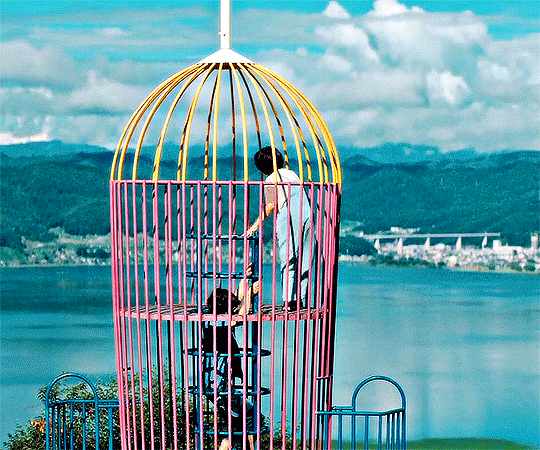
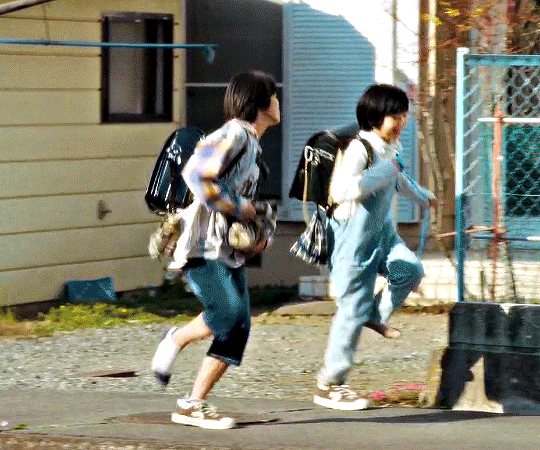




— "if only some people can have it, that's not happiness."
KAIBUTSU (2023).
#s.gifs#monster 2023#hirokazu koreeda#filmedit#filmgifs#cinemasource#dailyworldcinema#cinematicsource#asian film#japanese film#userkimchi#userlarentia#userroh#usermoh#userkyaa#fire tw#[hi! it's me sunaina from my new asian media blog <3 i wanted to start over from scratch so i hope you support me!!]
195 notes
·
View notes
Note
hi, it's totally cool if u don't but is there any way you could show like a full turn around video of the hobie keychain?
You're in luck! They arrived really really early so I have them!! I'll start sending them out as soon as I get the thank you cards (which might take a week+). It'll still be earlier than the estimated send out though.
Reminder that preorder deals end on the 22nd!
[Shop here]
#hobie brown#spider punk#atsv#across the spiderverse#Of course I caved and ordered early#I estimated how many I'd need so I'm a liiitle low on Peters#but I can rush ship some more so they should come before the thank you cards and not be an issue#video#update#loud window ac asmr lol#This one still has the protective film on it#so it might look a little scratched#Also gives a good look at the clasp type
418 notes
·
View notes
Text
I was deep in my drunk feelings when I made a joke post threatening to write about episode 5 symbolism and mizu, but then enough people said "where is the essay" so I am here to ramble as requested
in ep 5, the tale told in the puppet show spliced with the flashback sequence of mizu’s marriage identifies mizu as not only the ronin, but also the bride and, with tragedy, the onryō. I would argue that mizu is also depicted (in a less linear fashion) as the phoenix itself, and will circle back to this thought later
mizu is first presented as the ronin, the warrior with a singular purpose. as the ronin’s lord is assassinated by the rival clan, mizu’s mother is killed in the house fire. the ronin swears his revenge, and dedicates his life to this cause. through his childhood and into his young adult life when he departs from swordfather, mizu is exclusively the ronin. he is not the onryō yet, demonstrated in his honorable unwillingness to harm the men who stab him and throw him out of the shop even after he insists that he wasn't looking for a fight in the first place
the ronin is only able to rest and put away his mission when he meets the bride, the lover. however, mizu’s bride is not literally another person she meets. the bride is not mama, or mikio, but the lover mizu discovers in herself, the one allowed to bloom in place of mizu-as-ronin. mizu’s growth into the bride from the ronin occurs over time, but solidifies in the moment when kai is gifted to her by mikio, paralleling the taming of her own distrust and expectations of being hurt. (side note, giving a nod to effective use of color: the bride puppet, dressed in reds and oranges, has matching coloring to the gifting scene, as it takes place in autumn)
mizu’s transformation into the onryō happens in two parts, beginning with the slaying of the bride and completing with the slaying of the ronin. the betrayal by mikio and mama kills the softness in mizu, kills the lover she has allowed herself to become. mizu-as-onryō retaliates by killing the ronin: the part of himself that hesitates before striking, that part that cares for honor. in not intervening in mama’s death and then murdering mikio in turn, mizu kills the ronin in himself, slaughtering it in retribution for the dead bride
mizu is both the bride and the ronin, peaceful lover and noble warrior, until he is not—he is the onryō, only the onryō. episode 5 opens with the narrator saying, “no one man can defeat an army, but one creature can.” only as the onryō, and not as the ronin or the bride, does mizu have the force of will and capacity for violence it takes to singlehandedly overcome boss hamata’s thousand claw army and protect the brothel
mizu’s identity and place in the world is a constant dialogue. he is too white to have a respectable place in japanese society, but is also seen by abijah (our stand-in for white british society) as filthy and corrupted. he is not perceived as enough of a man to walk through life wholly as one (madame kaji’s comments about his apparent lack of sexual desires, his bones breaking “like a woman’s” under fowler’s hands, his disregard for honor and recognition as a samurai). she is also not enough of a woman to exist peacefully as one with mikio (she is a swordsman, an accomplished rider, bad at domesticity; “what woman doesn’t want a husband?” mama chastises)
the moment when mikio rejects her completely following their spar is a particularly poignant narrative beat about tolerance of “the other” in gender presentation: mikio can accept her as a woman only until she bests him at manhood, at the sword, at violence. she is Other in that she is physically strong, a poor cook, able to wield a sword. these traits are all tolerable to mikio, also an outcast, so long as she is not so Other as to be a man. but her swordsmanship bests his, and bests his in the way the sun outshines a candle. it is too Other, and therefore she is not a woman. she is a monster to him, the onryō, even before she kills the bride and the ronin in herself
(( as an aside, this series does a very good job at discussing the oft-challenging relationship between race and gender (e.g. that it is difficult for mizu to live as a biracial man, but would be deadly for her to live as a biracial woman), and demonstrating how queerness of identity complicates that relationship even further—but that’s a topic for a different post ))
as the narrative has been building on this idea that mizu is both the ronin and the bride, the man and the woman, japanese and white, episode 5 concludes with the heartbreaking reveal that, although mizu is all of these things simultaneously, he has had these identities beaten out of him by tragedy and cruelty and his own self-loathing hand
but mizu does not stagnate as the monster. we return to the metaphor of steel: too pure and it becomes brittle, breaking under pressure. mizu is a sword, a weapon that he has forged for the sole purpose of revenge and blood, but he has excised too much of himself to successfully deliver on his goals—he is not the ronin or the bride, he is the onryō; she is not a woman or a man, she is the onryō; the onryō is nothing but pain and vengeance—and so it breaks
“perhaps a demon cannot make steel,” mizu says. “I am a bad artist”
swordfather replies, “an artist gives all they have to the art, the whole. your strengths and deficiencies, your loves and shames. perhaps the people you collected… if you do not invite the whole, the demon takes two chairs, and your art will suffer”
to be reforged, mizu must not only acknowledge the impurities she has beaten out of her blade, out of herself, but lovingly, radically accept them and reincorporate them into the blade, into herself. he adds impure steel—the people he has collected, with their own dualities—to the sheared meteorite sword: the broken blade that fit so perfectly in taigen’s hand (the archetypal ronin, but a man seeking happiness over glory), the knife akemi tried to murder mizu with (the archetypal bride, but with ambition for greatness), the bell given to ringo and returned to mizu in broken trust (the man unable to hold a sword, but upholding samurai principles of honor and wisdom), the tongs that honed mizu’s smithcraft under swordfather’s guidance (the artisan, a blind man who sees more than most). to make of herself a blade strong enough to see her promises through, she must hold her monstrosity and honor and compassion and artistry in equal import
she is the onryō, and the ronin, and the bride, and all the people she has collected.
with this we finally come to mizu as the phoenix. mizu undergoes many cycles of death and rebirth, both in the main storyline and the flashbacks into her life leading up to the present. often, mizu is juxtaposed against literal flames—the burning of his childhood home, swordfather’s forge, the fire as he battles the giant in the infiltrated castle, the heart sutra forge of her own making, the climactic second confrontation with fowler. not every death/rebirth mizu undergoes is thematic to flame, of course. the fight with the four fangs, spliced with the rebirth ceremony of the town, for example, or the deaths of her ronin-self and bride-self, giving rise to the onryō
he is the phoenix, unable to truly die: every fatal combat he pulls back from the brink, reborn over and over in the wake of failure and setback. in episode 1, mizu prays for the gods to “let [him] die.” not to help him to face death unafraid, not to die with honor or victory, but to die at all. mizu has experienced death a thousand times over, but not once has it stuck
(( as a parting aside: the ronin’s rage at the phoenix clan for killing his lord parallels mizu’s self hatred of his mixed heritage (which he believes to be the thing that killed his mother), and so the ronin’s quest for revenge against the phoenix clan is mirrored in mizu’s quest to kill the white part of himself as best he can, by killing the white men who could be his father ))
mizu, the ronin. mizu, the bride. mizu, the onryō. mizu, the phoenix.
#blue eye samurai#mizu blue eye samurai#hopefully this is mostly coherent#I have more things to say but this was getting lengthy#there's also a lot of gender and racial nuance I've glossed over here for an attempt at brevity and structure#god also the COLOR. do you know how much I have to say about the use of color and shadow as a reflection of the narrative#maybe I'll write another damn essay who knows#this show really scratches the part of my brain that was academically trained in film analysis#blue speaks
146 notes
·
View notes
Text


Scratch (Triptych-3), Pierre Hébert, 2016-17
“Of course it is understood that in speaking of movement we do not speak of the flight of seagulls any more than in speaking of painting we speak of sunset.” —Len Lye and Laura Riding – 1935
#art#film#experimental film#black and white#scratch#pierre hebert#quotes#len lye#laura riding#scratch gif#gif#short film#movement#chaos
109 notes
·
View notes
Text
Them
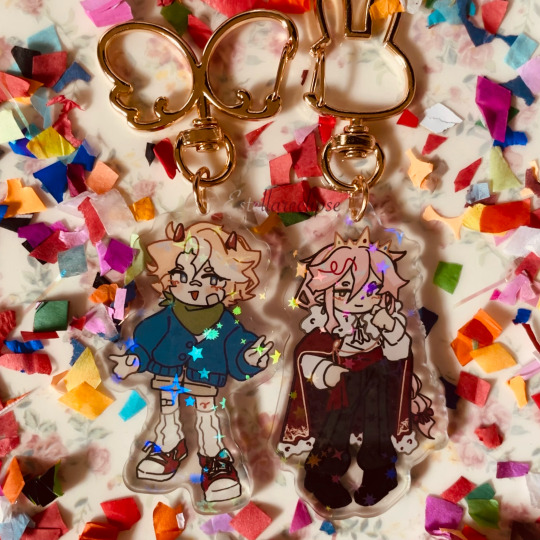

Made the art last month and the charms took a whole month to arrive
#I accidentally scratched one of them because I thought the film was on both sides </3#c!tommy#c!techno#technoblade#tommyinnt fanart#bedrock bros
149 notes
·
View notes
Text
Double Date

They go out to Manehatten pretty often for hangouts and dates
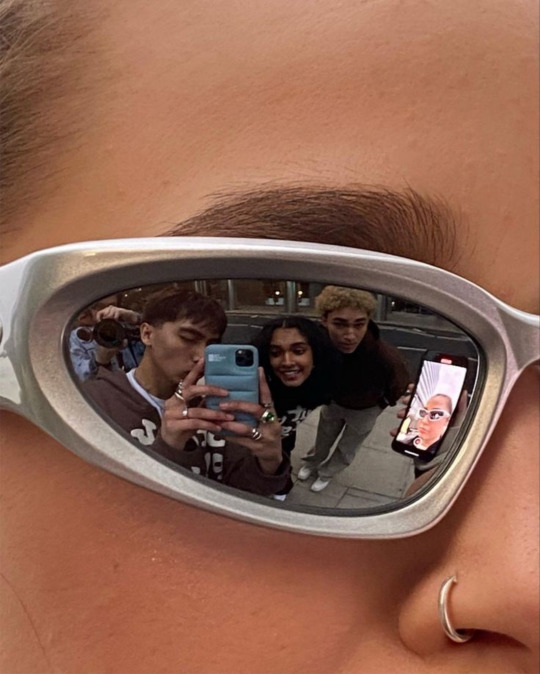
Here's the reference photo I used
#my little pony#mlp art#mlp#mlp film#mlp g4#vinyl scratch#dj pon3#octavia melody#octavia x vinyl#lyra heartstrings#bon bon mlp#lyrabon#fanart#rabbetart
43 notes
·
View notes
Text

16mm film
46 notes
·
View notes
Text

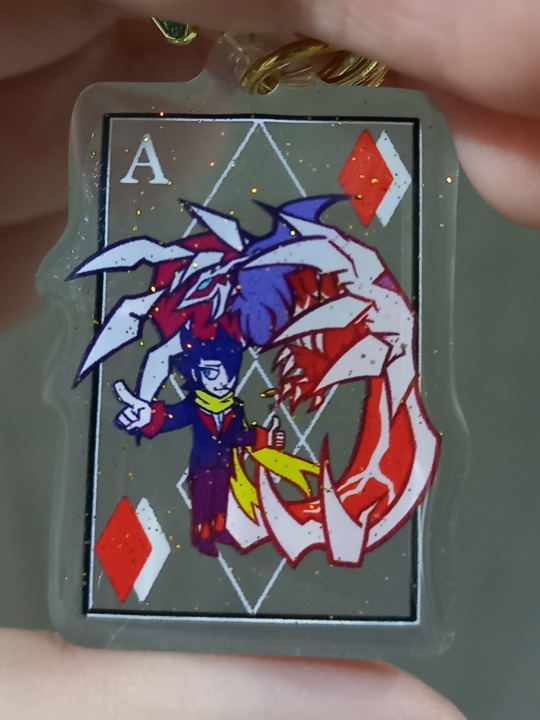

The three unlisted charms I made that I forgor to post earlier
#I turned that one old absintheshipping artwork into a charm hehe#Anyways this was all super fun and I will definitely be making more charms in the near future#absintheshipping#elite four grimsley#grimsley pokemon#gym leader burgh#pokemon grimsley#burgh pokemon#pokemon burgh#pokemon#grimsley#yveltal#burgh#pokemon fanart#pokemon bw#Trashman Rambles Again#(Don't mind the scratches in the back these pics were taken before peeling the protective film off)
80 notes
·
View notes
Text


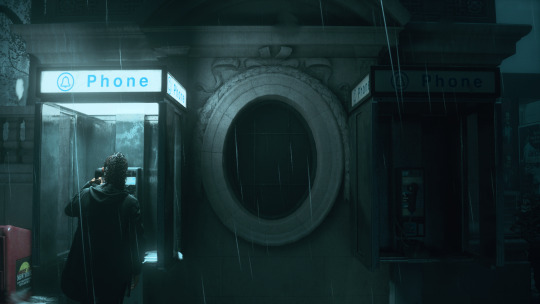





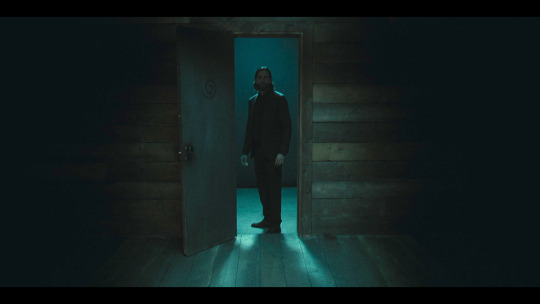

ALAN WALE II STILLS / RETURN IX — Come Home
#art#aesthetic#film#film stills#alan wake#alan wake 2#alan wake ii#gaming#spooky szn#xbox#awake#alex casey#saga anderson#scratch#visuals#thriller#horror#remedy entertainment#cinema stills#movie stills#gaming stills#control remedy#remedyverse#remedy games#remedy connected universe
47 notes
·
View notes
Text
People can unquestionably be deeply weird about food (see: recipe bloggers who are more about conspicuous consumption than actually good recipes; people who leave comments on recipe blogs about how fruit or god forbid carrots are unhealthy because - checks notes - they contain too much sugar; tr*dwives trying to politicize photos of bread; Silicon Valley guys selling fad diets). I find this as annoying as anyone (v possibly I find it more annoying, as a person who likes to cook!). However I also find it annoying when people act as if the act of cooking elaborate (or even not-so-elaborate) meals is in and of itself something weird and snobbish. Cooking is like the single most accessible hobby bro. The end product is food and you kinda need that to live, and also it’s often cheaper to make things yourself assuming you can afford the time cost. “God save us from people who make pasta sauce from scratch, why would anyone do this” well you see, sometimes people have hobbies. Sometimes people enjoy the process of creation as much as the thing itself, even. Sue me for finding joy in the stuff I’m compelled to put in my face to stay alive I guess
#culinary adventures#my posts#also sometimes people rag on ‘fancy’ (unfamiliar) food in a way that’s like…#‘i’m complaining about foreign films and framing it as anti elitist but really it’s giving straightforward xenophobia’#sorry i’m still not over the person who said it was pretentious to make beans from scratch when canned food exists#you realize it takes a grand total of two minutes to put dry beans and spices in a slow cooker which i bought for $5 at a yard sale#they are ready the moment i step through the door from work AND they are cheaper AND they are tastier. win/win/win
22 notes
·
View notes
Text




Midnight Heat (1996) Stills
#brad dourif#midnight heat#pics#just some stills from the blu-ray extras#i did have to edit out one inconvenient film scratch#hopefully it's not noticeable
23 notes
·
View notes